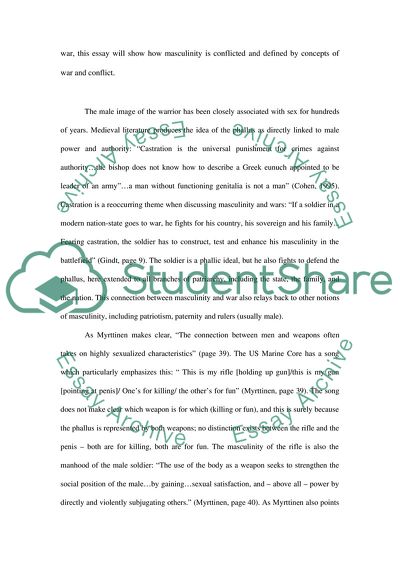Cite this document
(Relevance of Masculinity to War and Conflict Essay, n.d.)
Relevance of Masculinity to War and Conflict Essay. https://studentshare.org/military/1710314-explian-the-relevence-of-either-masculinity-or-femininity-to-war-and-conflict
Relevance of Masculinity to War and Conflict Essay. https://studentshare.org/military/1710314-explian-the-relevence-of-either-masculinity-or-femininity-to-war-and-conflict
(Relevance of Masculinity to War and Conflict Essay)
Relevance of Masculinity to War and Conflict Essay. https://studentshare.org/military/1710314-explian-the-relevence-of-either-masculinity-or-femininity-to-war-and-conflict.
Relevance of Masculinity to War and Conflict Essay. https://studentshare.org/military/1710314-explian-the-relevence-of-either-masculinity-or-femininity-to-war-and-conflict.
“Relevance of Masculinity to War and Conflict Essay”. https://studentshare.org/military/1710314-explian-the-relevence-of-either-masculinity-or-femininity-to-war-and-conflict.


